Warehouse Construction Regulations and Compliance: A Comprehensive Guide
Learn about warehouse construction rules, safety standards, and compliance to ensure efficiency and security in your warehouse operations.
Efficient and safe warehouse construction requires a deep understanding of applicable regulations and compliance. This article discusses the importance of warehouse construction regulations, standards that must be adhered to, and their impact on operational efficiency.
From OSHA guidelines to local building codes, we delve into various regulatory aspects affecting industrial warehouse projects. Additionally, we emphasise the importance of creating a safe work environment to maximise productivity.
Discover a comprehensive guide to ensure your warehouse meets all legal requirements and safety standards.
1.Why are Warehouse Construction Regulations and Compliance Essential in Warehouse Efficiency?
Regulations and compliance in warehouse construction play a crucial role in ensuring operational efficiency and worker safety. Several reasons why these aspects are vital include:
First, compliance with regulations helps create a safe working environment. Warehouses built according to strict safety standards can reduce the risk of workplace accidents, which in turn increases productivity and reduces costs related to employee injuries.
Second, construction regulations ensure that warehouse structures are designed to withstand intense loads and activities. This is important to protect long-term investments and prevent structural damage that can disrupt operations.
Third, compliance with environmental standards helps minimise negative impacts on the surrounding ecosystem. This is not only good for our planet but can also enhance the company’s image and avoid fines related to environmental violations.
Fourth, meeting regulatory requirements can improve warehouse energy efficiency. Many modern building codes emphasise the use of energy-efficient materials and technologies, which can reduce long-term operational costs.
Fifth, compliance with logistics and transportation regulations ensures that warehouses can function effectively in the supply chain. This includes designs that facilitate loading and unloading, efficient storage, and optimal workflow.
Lastly, meeting all legal and regulatory requirements can prevent project delays, fines, or even facility closures. This is crucial for maintaining operational continuity and company reputation.
By understanding and implementing warehouse construction regulations and compliance, companies can create facilities that are not only safe and efficient but also sustainable and profitable in the long term.
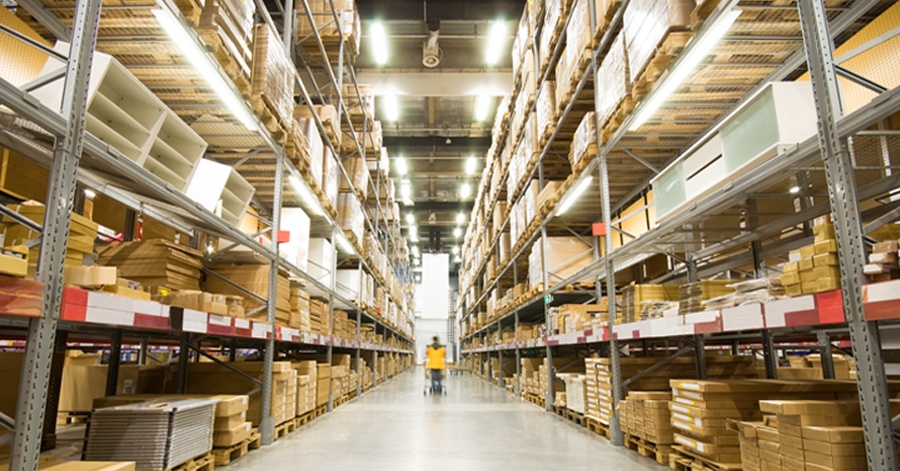
2.What are the Standard Warehouse Regulations?
Standard warehouse regulations cover various aspects that must be complied with to ensure safety, efficiency, and legal compliance. Here are some of the main regulations to consider:
2.1 Occupational Health and Safety (OHS) Guidelines
OHS is a fundamental aspect of warehouse regulations. In Indonesia, these guidelines are regulated by the Ministry of Manpower and include:
- Safety standards for operating equipment such as forklifts and cranes
- Indoor ventilation and air quality requirements
- Procedures for handling hazardous materials
- Emergency evacuation protocols and employee safety training
- Lighting and ergonomic standards for work areas
Compliance with OHS guidelines not only protects workers but also increases productivity and reduces legal risks for companies.
2.2 Inventory Management Rules
Effective inventory management is crucial for efficient warehouse operations. Related regulations include:
- Accurate and real-time inventory tracking systems
- Stock rotation procedures to prevent damage or expiration
- Safe and efficient storage methods for various types of goods
- Access control protocols to prevent theft or misuse
- Quality inspection standards for incoming and outgoing goods
Implementing these rules helps optimise space usage, reduce losses, and improve inventory accuracy.
2.3 Local Building Codes
Each region has specific building codes that must be adhered to. These include:
- Structural requirements to withstand loads and shocks
- Standards for permitted building materials
- Rules on building height and distance from property boundaries
- Accessibility requirements for people with disabilities
- Insulation and energy efficiency standards
Compliance with local building codes is important for obtaining construction and operation permits.
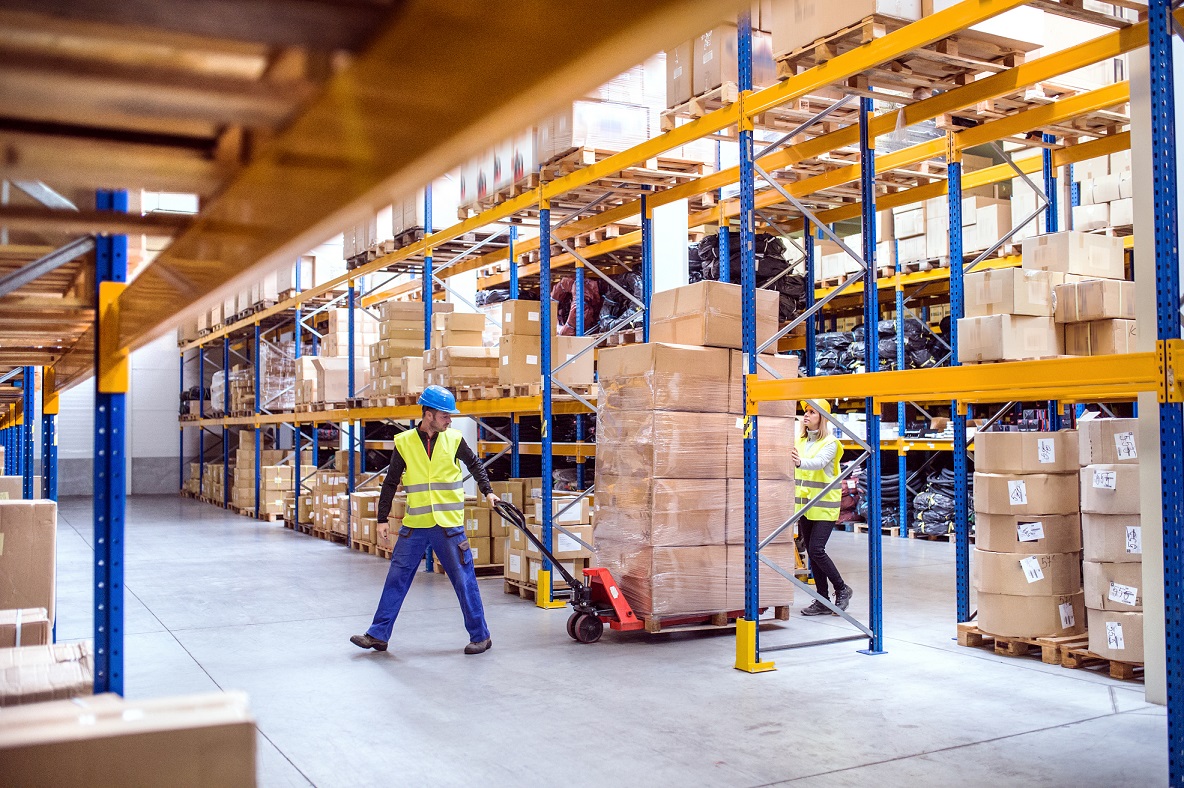
2.4 Fire Codes
Fire safety is a top priority in warehouse construction. These regulations include:
- Automatic sprinkler systems and fire extinguishers
- Clear evacuation routes and emergency exits
- Separation of flammable material storage areas
- Smoke detection and fire alarm systems
- Employee training on fire emergency procedures
Compliance with fire codes protects assets, employees, and can reduce insurance premiums.
2.5 Labor Laws
Labor regulations relevant to warehouse operations include:
- Maximum working hours and mandatory breaks
- Minimum wage and overtime standards
- Employee leave rights and benefits
- Protection against discrimination and harassment
- Training and certification requirements for certain jobs
Complying with labor laws is important to avoid legal disputes and ensure employee welfare.
2.6 Environmental Regulations
Environmental aspects are increasingly becoming a focus in warehouse construction and operation:
- Waste management and recycling
- Emission control and energy efficiency
- Protection against groundwater pollution
- Noise and air pollution mitigation
- Use of environmentally friendly materials in construction
Compliance with environmental regulations is not only legally mandatory but also enhances operational sustainability.
2.7 Transportation and Logistics Regulations
Warehouse operations are closely related to transportation and logistics, so they must comply with:
- Safety standards for vehicle loading and unloading
- Documentation requirements for shipping and receiving goods
- Rules for storage and handling of dangerous goods
- Hygiene standards for warehouses handling food
- Customs regulations for warehouses handling import/export goods
Understanding and complying with all these regulations is essential to ensure safe, efficient, and legally compliant warehouse operations. It’s important to always keep up with the latest developments in these regulations and conduct regular compliance audits.
3.Regulations for Industrial Warehouse Projects
Industrial warehouse projects must meet various regulations covering aspects of construction, zoning, and licensing. Here’s a detailed explanation of these regulations:
3.1 Construction Standards
Construction standards for industrial warehouses in Indonesia are regulated in various regulations, including Indonesian National Standards (SNI). Some important aspects include:
- Structural strength: Buildings must be designed to withstand dead loads, live loads, and wind loads according to geographical location.
- Building materials: Use of materials that meet quality and safety standards, including concrete, steel, and roofing materials.
- Drainage system: Design of effective drainage systems to prevent water logging and flooding.
- Electrical installation: Electrical systems must meet safety standards to prevent fires and work accidents.
- Ventilation: Adequate ventilation systems to maintain indoor air quality.
3.2 Zoning and Land Use
Zoning and land use regulations are crucial in industrial warehouse planning:
- Zone compatibility: Warehouses must be built in areas designated for industrial or warehousing use.
- Building Coverage Ratio (BCR): Maximum percentage of land area that can be built on.
- Floor Area Ratio (FAR): Ratio of total floor area to land area.
- Building Setback Line (BSL): Minimum distance of buildings from land boundaries or roads.
- Environmental impact: Environmental Impact Analysis (AMDAL) may be required for large-scale projects.
3.3 Permits and Licenses
The licensing process is a crucial step in industrial warehouse projects:
- Building Construction Permit (IMB): Must be obtained before starting construction.
- Environmental Permit: Required if the project has potential significant environmental impacts.
- Building Worthiness Certificate (SLF): Required after construction is completed to ensure the building is safe and fit for its intended use.
- Business License: Depending on the type of warehouse operation, specific business licenses may be required.
- Waste Processing Permit: If the warehouse generates industrial waste, special permits may be required.
Understanding and complying with these regulations is crucial for the success of industrial warehouse projects. Consultation with local legal experts and city planners is highly recommended to ensure full compliance with all legal requirements and regulations.
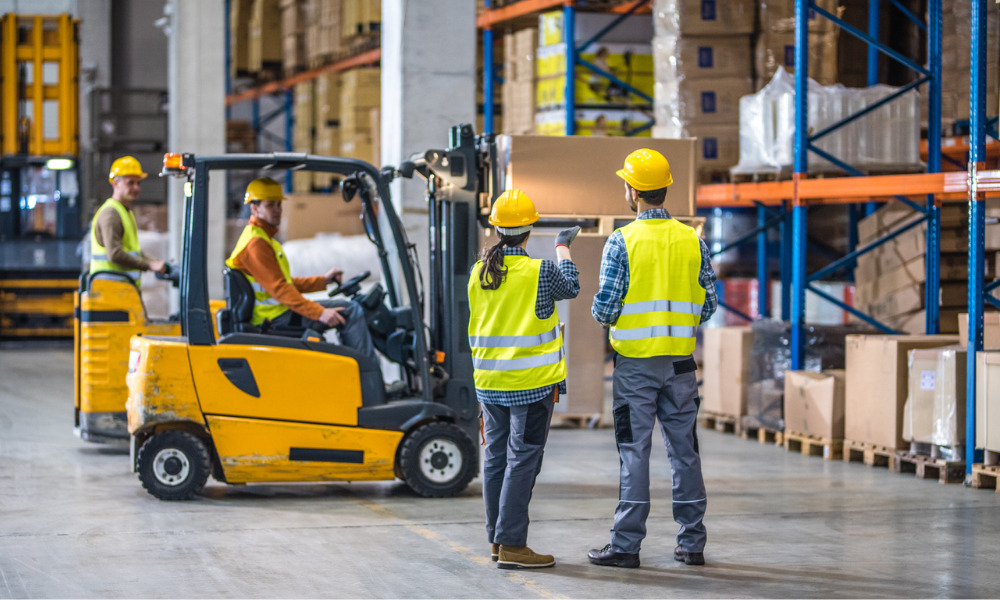
4.Why is Ensuring a Safe Workplace Essential for Maximizing Warehouse Efficiency?
Creating a safe work environment in warehouses is not just a legal obligation, but also a strategic step to improve operational efficiency. Here are several reasons why workplace safety is crucial for maximizing warehouse efficiency:
- Reducing Downtime: Work accidents can cause unplanned operational stoppages. By ensuring a safe work environment, the risk of accidents is reduced, thus minimizing operational disruptions. This allows warehouses to operate consistently and efficiently.
- Increasing Employee Productivity: Employees who feel safe in the workplace tend to be more focused on their tasks. They don’t need to worry about potential hazards, so they can work faster and more efficiently. Moreover, a safe environment also improves employee morale, which positively correlates with productivity.
- Reducing Costs: Workplace accidents can result in direct costs (such as medical care) and indirect costs (such as decreased productivity and insurance claims). By minimizing accidents, warehouses can save significant costs that can be allocated to improve operational efficiency.
- Enhancing Reputation: Warehouses with good safety records are more attractive to potential employees and customers. This can help in recruiting and retaining quality workforce, as well as attracting more business, which in turn improves operational efficiency.
- Optimizing Space Usage: Good safety planning often aligns with efficient warehouse layout. For example, clear paths for forklifts not only improve safety but also allow for faster and more efficient movement of goods.
- Quality Improvement: A safe work environment reduces the risk of damage to products or inventory items. This means less time and resources spent handling damaged or defective goods, improving overall efficiency.
- Regulatory Compliance: Complying with safety standards helps avoid fines and sanctions that can disrupt operations. Additionally, regular safety audits can identify areas that need efficiency improvements.
- Innovation and Continuous Improvement: Focusing on safety encourages critical thinking about work processes. This often leads to innovations in work methods that are not only safer but also more efficient.
- Continuous Training: Providing regular safety training not only raises awareness of potential hazards but also equips employees with skills to work more efficiently. This training can include safe equipment use, proper material handling techniques, and emergency procedures.
- Implementation of Safety Technology: Adopting technologies such as motion sensors on forklifts, warehouse management systems (WMS) integrated with safety features, or ergonomic tracking devices can simultaneously improve safety and operational efficiency.
- Safety Culture: Building a strong safety culture where every employee feels responsible for their own safety and that of their colleagues. This encourages open communication about potential hazards and ideas for improvement, which often results in more efficient work processes.
- Regular Audits and Evaluations: Conducting regular safety audits not only identifies safety risks but also often reveals areas where efficiency can be improved. These evaluations can include workflow analysis, space utilization, and implementation of standard operating procedures.
- Workplace Ergonomics: Designing workstations and process flows with ergonomics in mind can reduce employee fatigue and injuries from repetitive movements. This in turn can increase productivity and reduce unnecessary break times.
- Stress Management: Stress can cause errors and accidents. Stress management programs can help employees stay focused and productive, improving overall warehouse efficiency.
- Preventive Maintenance: A proactive maintenance program for warehouse equipment and infrastructure not only prevents accidents but also reduces unplanned downtime, improving overall operational efficiency.
5. Conclusion
Ensuring a safe workplace is a profitable investment in warehouse efficiency. By incorporating safety into every aspect of operations, warehouses can create an environment where employees can work confidently and productively. This not only reduces risks and costs related to accidents but also fosters a culture of continuous improvement that is essential for long-term efficiency.
It’s important to remember that safety and efficiency are not conflicting goals, but rather complementary ones. A safe warehouse is an efficient warehouse, and vice versa. By understanding this relationship and taking proactive steps to improve both, warehouse management can create operations that are not only productive but also sustainable and successful in the long term.
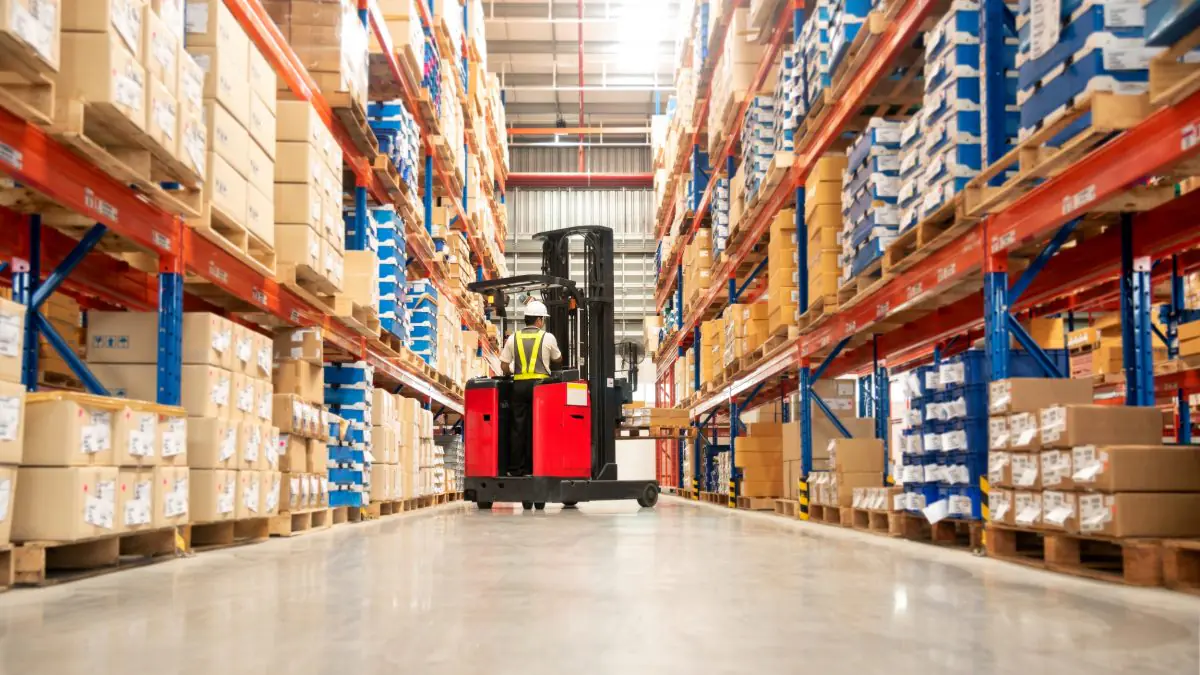
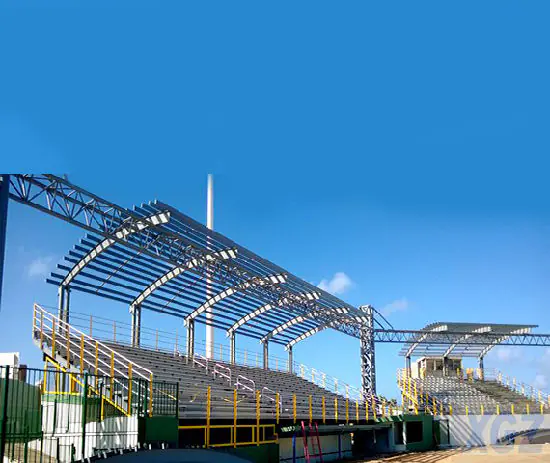
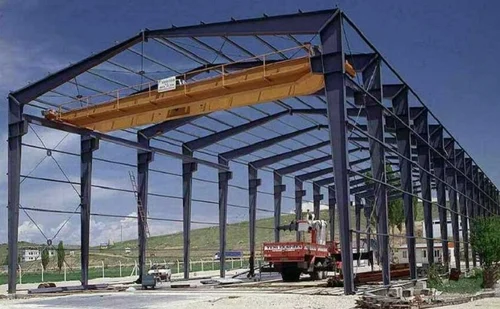
Post Comment